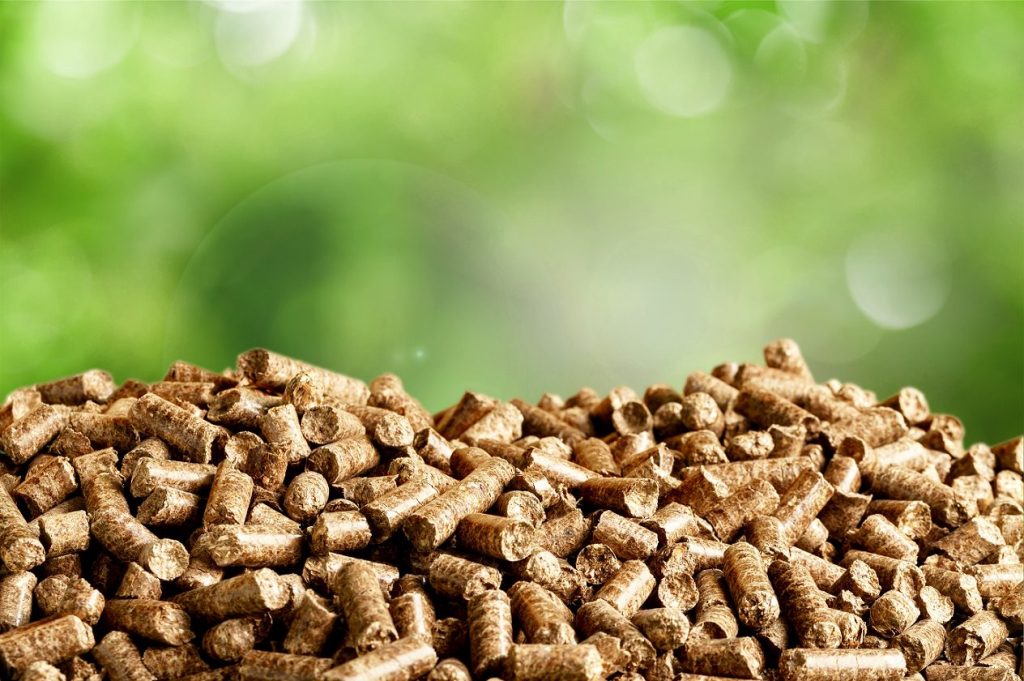Wood Pellets: Heating Homes and Reducing Carbon Footprints
Timber pellets are a form of biomass gasoline produced from squeezed sawdust, wood chips, or other wood residues. They’re trusted as a green power resource for heat houses, organizations, and professional facilities. Wood pellets offer several benefits around conventional fossil fuels, including lower carbon emissions, decreased dependence on non-renewable assets, and cost-effectiveness.
Among the primary great things about timber pellets is their sustainability. Unlike fossil fuels, which are finite resources, wood pellets are produced from renewable biomass resources that can be replenished through responsible forestry methods and sustainable area management. That makes wood pellets an even more environmentally friendly alternative to old-fashioned heat fuels, while they lessen greenhouse fuel emissions and mitigate weather change.
Furthermore, timber pellets are extremely effective when found in contemporary pellet ranges, boilers, and furnaces. They have a higher power density and generate consistent, adjustable heat, allowing for accurate temperature regulation and optimum comfort. Also, timber pellet heating systems could be automatic and incorporated with current heat infrastructure, making them convenient and easy to use.
In addition to their environmental and efficiency advantages, wood pellets may also be cost-effective compared to many different heat fuels. While the original expense in a timber pellet heating system may be higher than that of a main-stream heater or boiler, the long-term savings on gas prices can counteract that cost around time. Furthermore, timber pellets tend to be made locally, reducing transport costs and encouraging local economies.
Furthermore, wood pellets certainly are a flexible gasoline that can be utilized in a variety of heating applications. They may be burnt in pellet stoves for residential heating, pellet boilers for bigger structures and commercial rooms, and pellet furnaces for industrial processes. That flexibility makes wood pellets suited to a wide range of heat needs, from specific homes to large-scale facilities.
Nevertheless, it’s important to consider environmentally friendly and cultural affects of timber pellet production. While sustainably managed forests may offer as a green supply of biomass for pellet creation, unsustainable recording methods and deforestation can lead to habitat reduction, biodiversity decrease, and different environmental issues. Moreover, the demand for wood pellets has increased issues about competition for area and assets, along with possible conflicts with food creation and conservation efforts.
Moreover, the sustainability of wood pellet manufacturing depends upon responsible sourcing and qualification practices. Organizations like the Sustainable Biomass Plan (SBP) and Forest Stewardship Council (FSC) are suffering from criteria and qualification systems to promote responsible forestry methods and assure the sustainability of timber pellet production. By Wood Pellet For Sale qualified timber pellets, people can support companies that adhere to strict environmental and social standards.
In summary, wood pellets give you a sustainable, efficient, and cost-effective option to old-fashioned heat fuels. They are produced from alternative biomass products, produce lower carbon emissions than fossil fuels, and can be utilized in a number of heat applications. But, it’s necessary to think about environmentally friendly and cultural affects of timber pellet manufacturing and to aid responsible sourcing and accreditation techniques to guarantee the sustainability with this renewable energy source.
